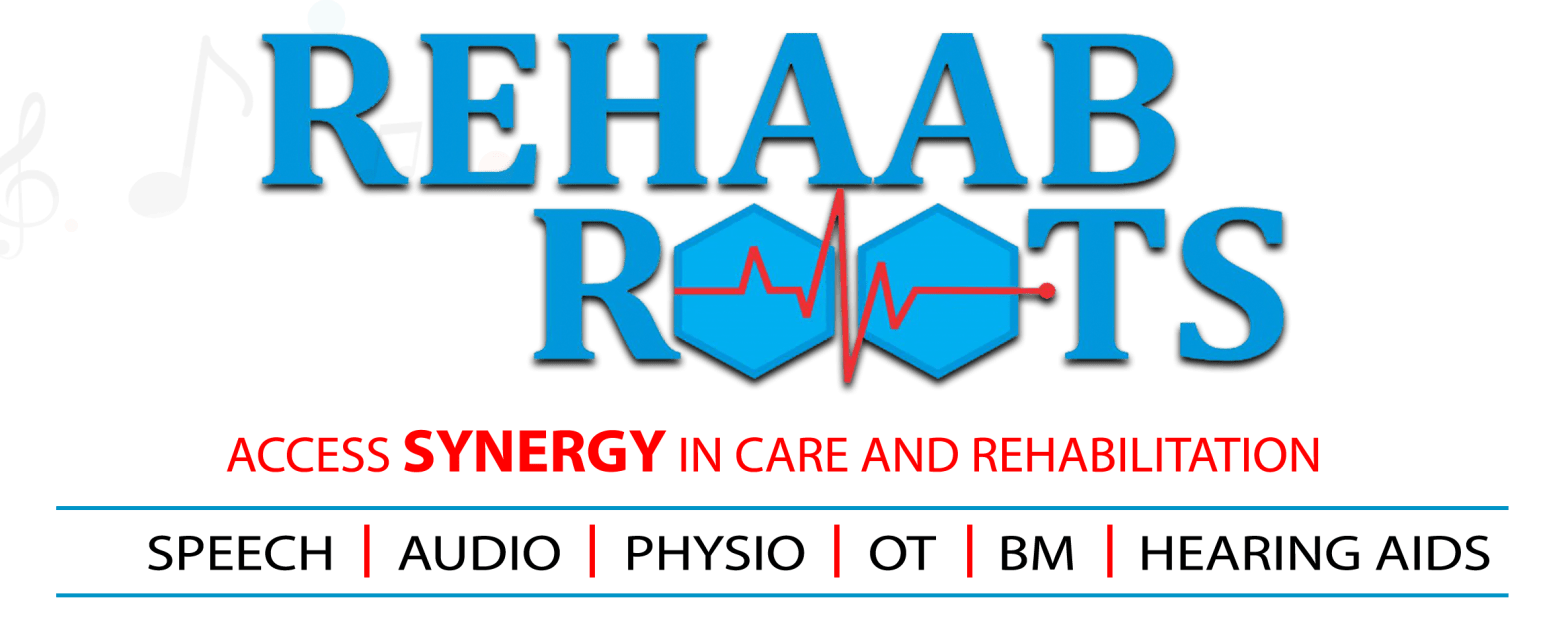Introduction
A stroke can change a person’s life within moments, affecting mobility, balance, and independence. However, recovery is possible through consistent therapy and professional guidance. Stroke physiotherapy plays a vital role in helping patients regain movement, improve coordination, and restore confidence in performing daily tasks.
In this guide, we’ll walk through step-by-step stroke physiotherapy exercises for beginners and explain how structured rehabilitation can speed up the recovery process. If you are in Hyderabad, professional support is available at Rehaab Roots, one of the leading rehabilitation centers for stroke recovery.
1. What Is Stroke Physiotherapy?
Stroke physiotherapy is a specialized form of rehabilitation designed to help patients recover physical strength, coordination, and balance after a stroke.
It focuses on:
- Re-educating the body and brain to perform basic movements
- Restoring mobility and muscle control
- Reducing stiffness and pain
- Preventing further complications such as contractures and muscle weakness
Physiotherapists use a combination of manual therapy, guided exercises, and assistive devices to help patients rebuild lost functions gradually.
2. Importance of Physiotherapy After a Stroke
Starting physiotherapy as early as possible after a stroke significantly improves recovery outcomes. Key benefits include:
- Improved balance and posture
- Enhanced arm and leg movement
- Better coordination and muscle control
- Reduced spasticity and stiffness
- Increased confidence and independence in daily activities
Every patient’s recovery is unique, but consistent practice and expert supervision are essential to long-term improvement.
3. Step-by-Step Stroke Physiotherapy Exercises for Beginners
Here are some basic stroke physiotherapy exercises commonly used during the early recovery stages. These should always be done under professional guidance or as advised by your physiotherapist.
A. Arm and Shoulder Exercises
- Shoulder Rolls
- Sit upright with relaxed shoulders.
- Slowly roll shoulders forward 5 times and backward 5 times.
- Helps relieve tension and improve upper body mobility.
- Sit upright with relaxed shoulders.
- Assisted Arm Lifts
- Use your stronger arm to lift the affected arm gently upward.
- Hold for 3–5 seconds, then lower slowly.
- Enhances shoulder strength and flexibility.
- Use your stronger arm to lift the affected arm gently upward.
B. Hand and Wrist Exercises
- Finger Taps
- Place your hand on a table.
- Tap each finger to the thumb one by one.
- Improves finger coordination and fine motor control.
- Place your hand on a table.
- Wrist Rotations
- Slowly rotate your wrist clockwise, then anticlockwise.
- Repeat 10 times.
- Helps regain wrist flexibility and reduces stiffness.
- Slowly rotate your wrist clockwise, then anticlockwise.
C. Leg and Foot Exercises
- Ankle Circles
- Sit comfortably and lift your leg slightly.
- Rotate your ankle in circular motion.
- Encourages joint movement and blood circulation.
- Sit comfortably and lift your leg slightly.
- Heel Slides
- Lie on your back with legs straight.
- Slide one heel toward your hips and then back.
- Strengthens the leg and improves knee mobility.
- Lie on your back with legs straight.
- Seated Marching
- Sit on a chair and lift one knee at a time, as if marching.
- Improves balance and coordination.
- Sit on a chair and lift one knee at a time, as if marching.
D. Balance and Core Exercises
- Sitting Balance Practice
- Sit on a stable chair without armrests.
- Try to maintain balance without leaning to one side.
- Builds core stability and posture control.
- Sit on a stable chair without armrests.
- Weight Shifting Exercise
- While seated or standing (with support), shift weight from one side to the other.
- Enhances balance and body awareness.
- While seated or standing (with support), shift weight from one side to the other.
4. Safety Tips for Stroke Patients
- Always perform exercises under the supervision of a qualified physiotherapist.
- Start slowly and increase repetitions gradually.
- Stop immediately if you feel pain, dizziness, or shortness of breath.
- Ensure a safe environment to prevent falls or injuries.
- Use assistive devices like grab bars, walkers, or canes if needed.
At Rehaab Roots, every exercise is personalized according to the patient’s physical condition and recovery stage.
5. Role of Physiotherapists in Stroke Recovery
A trained stroke physiotherapist helps by:
- Assessing muscle strength and mobility
- Designing individualized rehabilitation plans
- Providing manual therapy to relax muscles
- Teaching adaptive techniques for daily activities
- Tracking recovery progress through regular evaluations
Professional supervision ensures safe and effective recovery, avoiding the risk of overexertion or secondary injuries.
6. Stroke Physiotherapy in Hyderabad
Hyderabad is home to advanced rehabilitation centers like Rehaab Roots, offering specialized stroke rehabilitation programs that combine physiotherapy, occupational therapy, and neuro rehabilitation.
These programs include:
- One-on-one physiotherapy sessions
- Robotic and electrotherapy-assisted training
- Home-based stroke recovery plans
- Progress monitoring and family education
Conclusion
Recovering from a stroke is a gradual process that requires patience, consistency, and professional support. Stroke physiotherapy exercises help retrain the brain and body to regain lost abilities, improve coordination, and restore independence.
If you or a loved one is seeking expert-led stroke physiotherapy in Hyderabad, visit Rehaab Roots. Their specialized team provides compassionate care and evidence-based treatment to help patients rebuild strength and confidence after a stroke.
FAQs About Stroke Physiotherapy
- When should physiotherapy begin after a stroke?
Therapy should ideally start as soon as the patient’s condition is stable, often within a few days after the stroke. - How often should stroke patients do physiotherapy?
Most patients benefit from 3–5 sessions per week, depending on their condition and progress. - Can stroke physiotherapy be done at home?
Yes, many exercises can be continued at home under a therapist’s guidance. - How long does it take to recover from a stroke?
Recovery varies for each individual. Consistent therapy can lead to improvement over weeks or months. - Does Rehaab Roots offer home physiotherapy for stroke patients?
Yes, Rehaab Roots provides both in-clinic and home-based stroke rehabilitation services.
